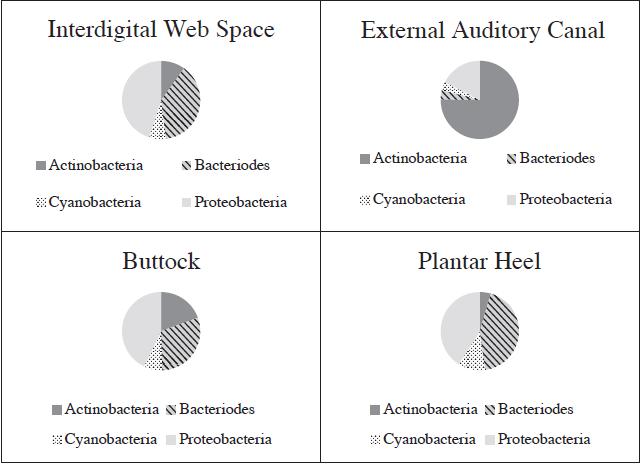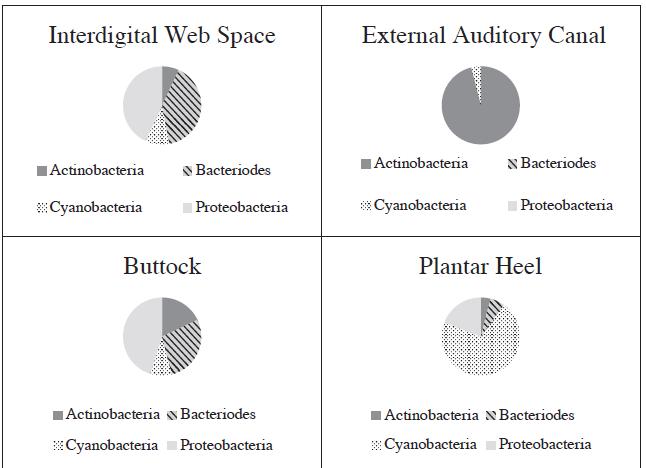The microbiome is a collection of microbes, such as bacteria and viruses, that live in/on the human
Question:
The microbiome is a collection of microbes, such as bacteria and viruses, that live in/on the human body. Sites of colonization include the skin, nasal passages, mouth, and gut. Links between the microbiome and many different conditions, such as allergies, obesity, depression, and many others have been suggested. During antibiotic use, the body can often suffer repercussions due to the destruction of the natural microbiome. The bacterial community composition varies greatly between body sites. Even among the skin microbiome, there is a great variety in the amounts and types of bacteria found in different locations.
An experiment was performed to assess the results of skin bacterial transplants to alternative sites of the body. A 2-inch square area of interdigital skin was swabbed with a sterile swab to collect bacteria. An additional swab was opened but not touched to the skin. Each swab was then rubbed on either an alternate skin site or the same type of skin site. After 7 days, the skin of the site of deposition was swabbed and plated on a dish to assess bacterial growth. The types of bacteria present were then cataloged.

(a) Bacterial communities containing different species of bacteria are no different than other communities with multiple species. Explain what factors contribute to a carrying capacity.
(b) Identify the two important controls that are used in this experiment. In addition, the experiment includes a 7-day waiting period between when the bacterial transplant takes place. Justify why this is necessary.
(c) Interpret the effect of the transplants between interdigital web space and the buttock, external auditory canal, and plantar heel areas.
(d) If each deposition site is pretreated with known antibiotics, explain how this would likely affect the results.
Step by Step Answer:

The Princeton Review AP Biology Premium Prep 2023
ISBN: 9780593450659
2023 Edition
Authors: The Princeton Review





